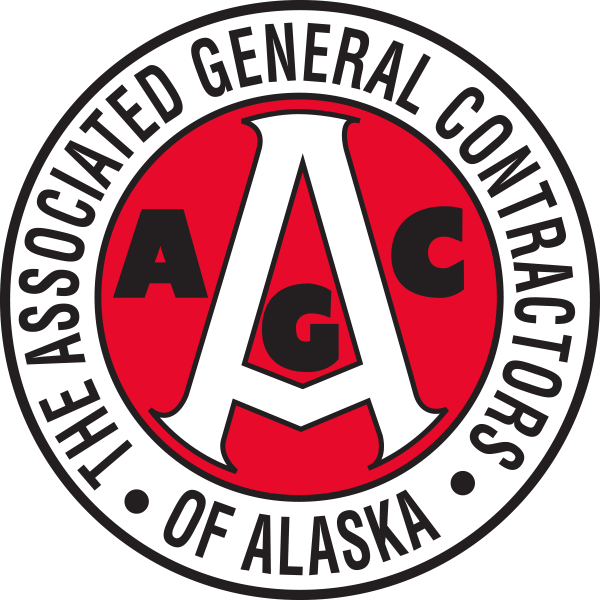
Update

Update

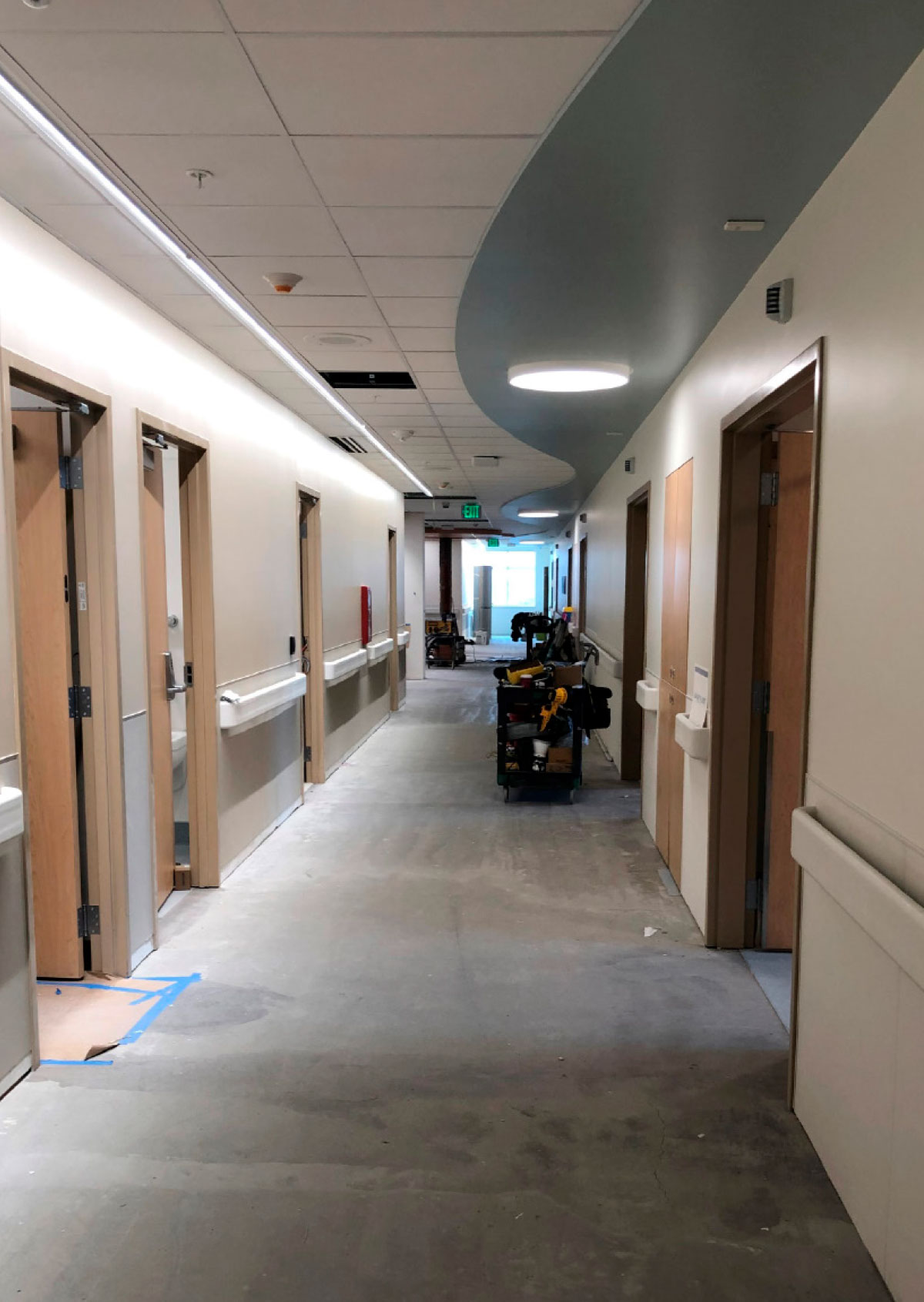
hen the Yukon-Kuskokwim Health Corporation, or YKHC, decided to renovate and expand its primary care center in Bethel, the board of directors and administrative leadership considered the best way to represent Yup’ik culture through service model and facility. They referred to the teachings of the late Dr. Paul John, a founding YKHC board member who authored several books about traditional ways of life and the Yup’ik teachings of ‘calricaraq,’ a word that translates to the ‘well-being of families and communities.’ After five years, the Paul John Calricaraq project is complete and will improve healthcare for nearly 30,000 people in the region.
“This project has tripled the size of the hospital floor space,” says Dan Winkelman, YKHC president and CEO. “It will allow us to increase capacity and provide access to healthcare at the level it should be.”
In 2014, YKHC submitted an Indian Health Service, or IHS, Joint Venture Construction Program application to build and renovate its existing healthcare facility and lease it to the IHS—at no cost—for the next 20 years. Under this agreement, YKHC funds the construction and renovation of the facility, and IHS uses federal funds for staffing, operations, and maintenance. Tribes nationwide apply for the joint venture program. In 2015, YKHC learned that it was the top project selected in the nation. Winkelman says the board began work with the State of Alaska to access funds for the $335 million project through a combination of loans from the US Department of Agriculture (USDA) and Alaska Industrial Development and Export Authority (AIDEA). Winkelman began work with the USDA to secure a $165 million community loan. After the USDA loan was secured, Winkelman worked with the State of Alaska and the Alaska Legislature to pass a bill allowing tribal health organizations access to $200 million in bonds through the Alaska Municipal Bond Bank. YKHC also worked with AIDEA and Raymond James Financial for a short-term construction bond.
“We had to get a bit creative with funding,” Winkelman says. “We acquired the largest USDA community loan to date, and with the support of Alaska state Senator Lyman Hoffman, we were able to access funds that weren’t available to tribes at the time.”
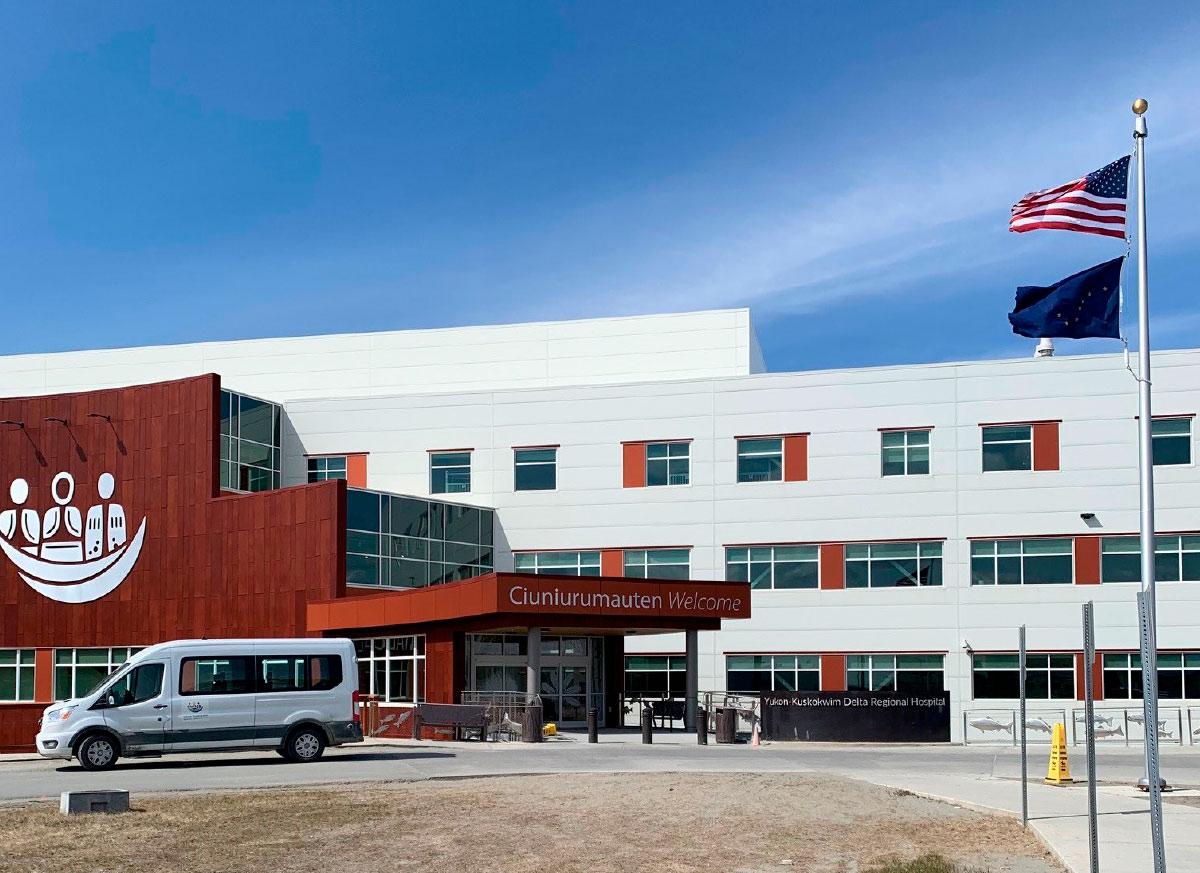
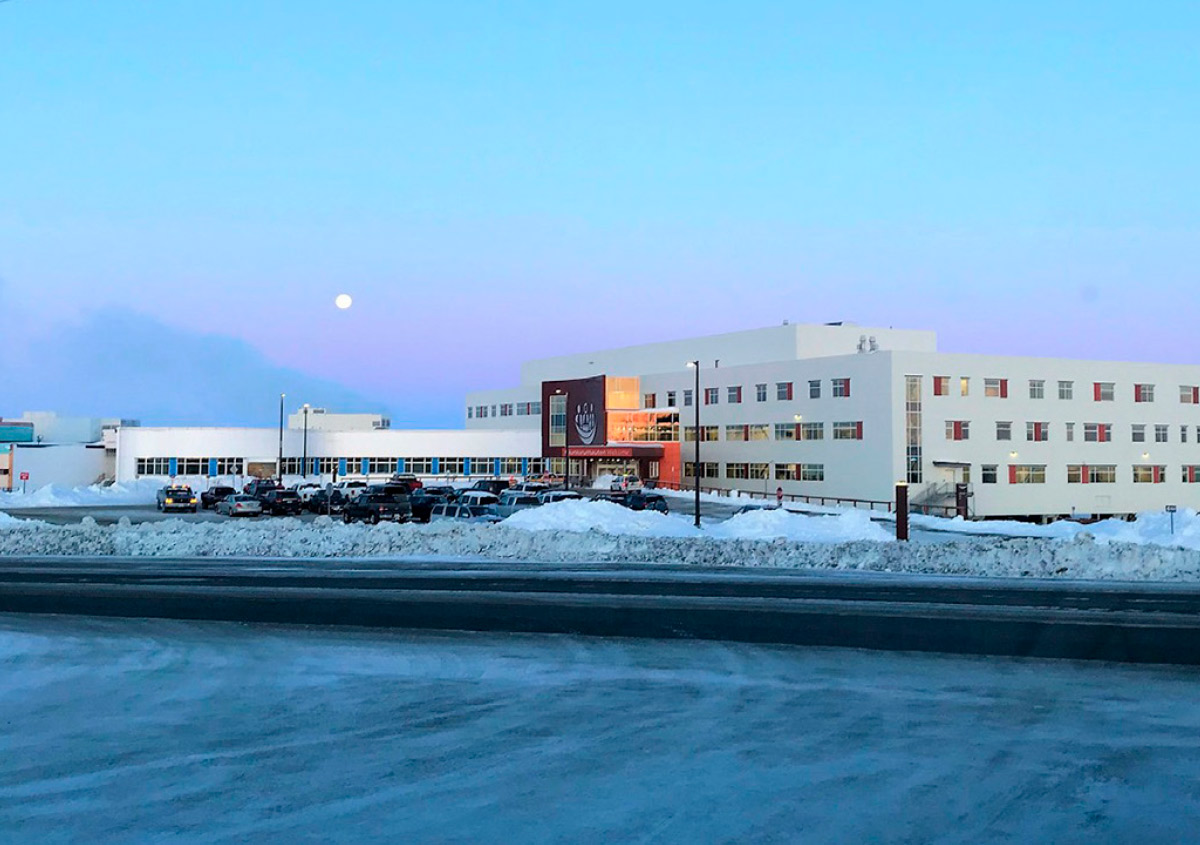
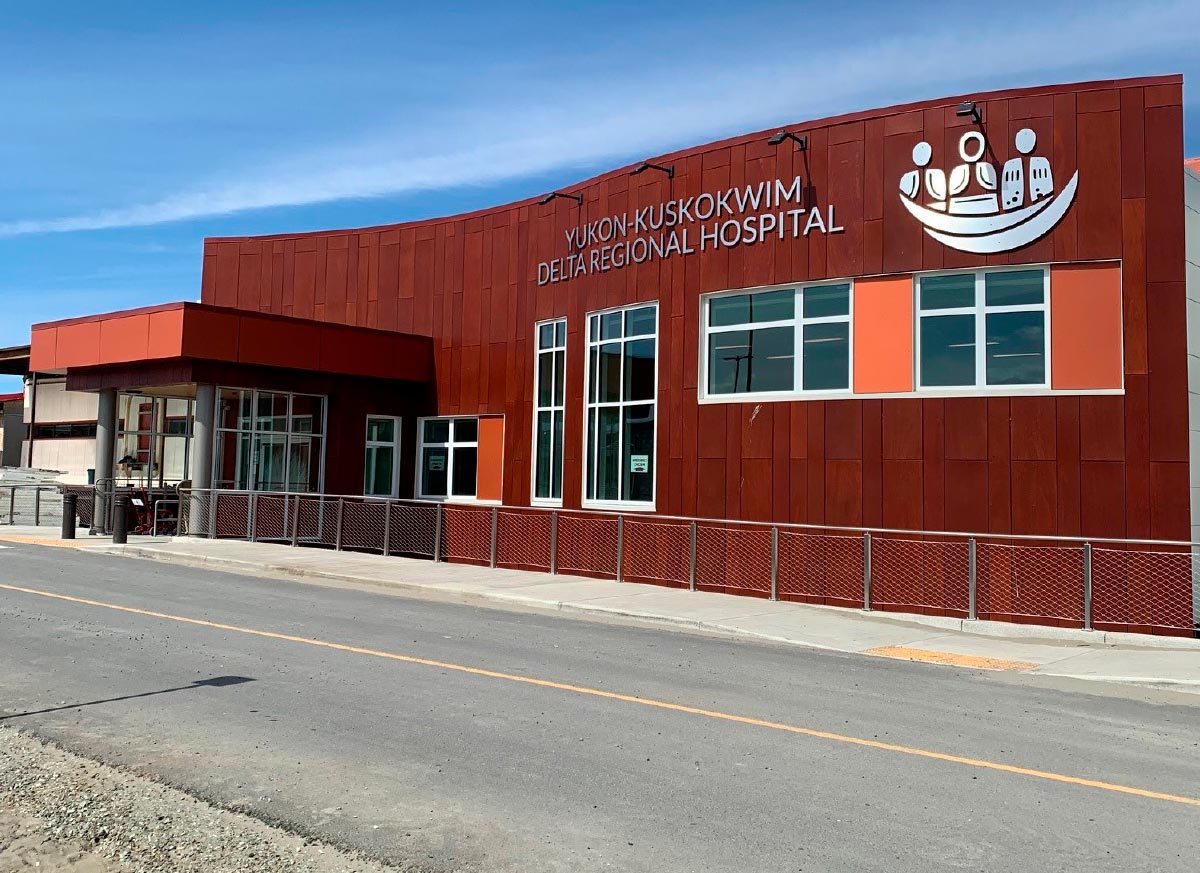
Crews installed piling with passive refrigeration thermosiphons to keep the underlying ground frozen throughout the lifetime of the new clinic. Installing them early allowed the ground to completely freeze before the first barge of 2017 arrived with the building’s structural steel package.
James Murrell, project manager for ASKW-Davis, says crews completed the new clinic in two phases, with the first and third floors finished in July 2019 and the second floor in November 2019. Crews renovated the existing 85,000-square-foot hospital while also building the new clinic. They then focused on a first-floor connection between the new clinic and renovated hospital via a spacious area named the “Gathering Place.”
The coronavirus pandemic created additional complications during the final 15 months of the project. Many personnel travelled from outside of the region for the project and stayed in a mancamp where quarters made social distancing a challenge.
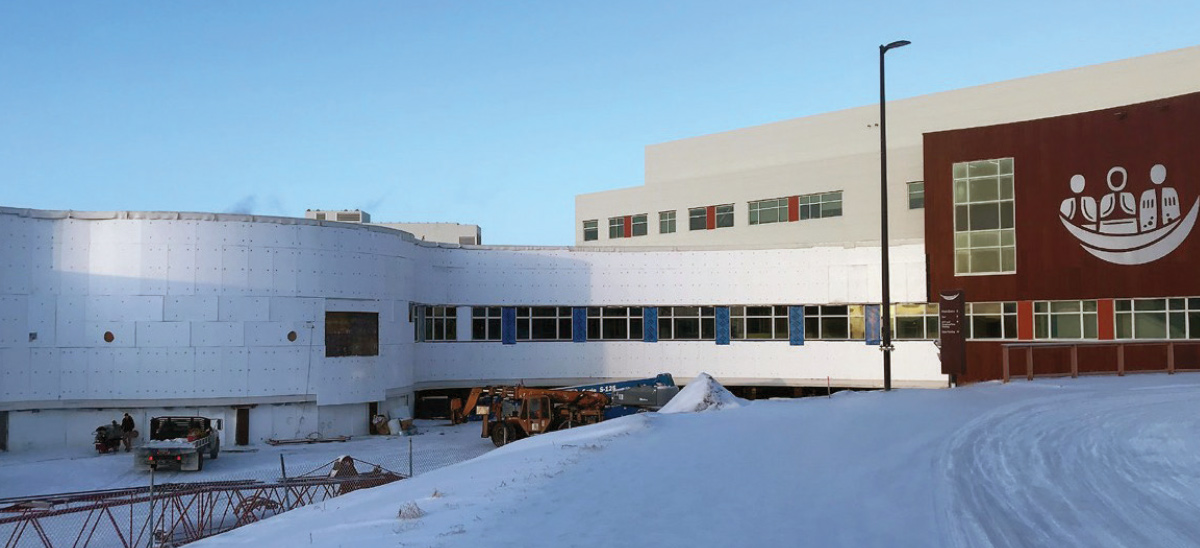
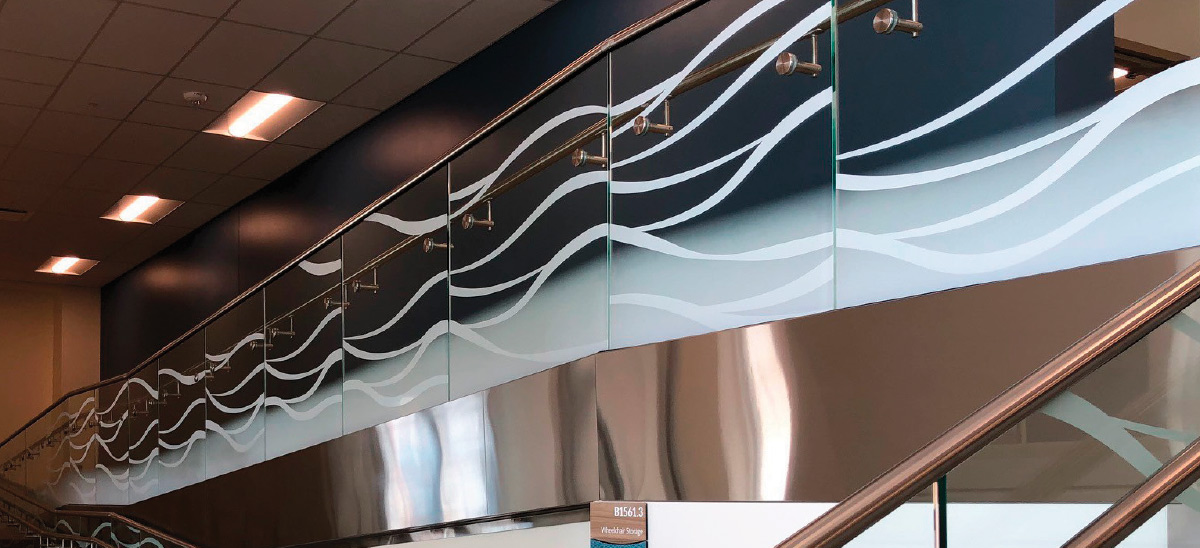
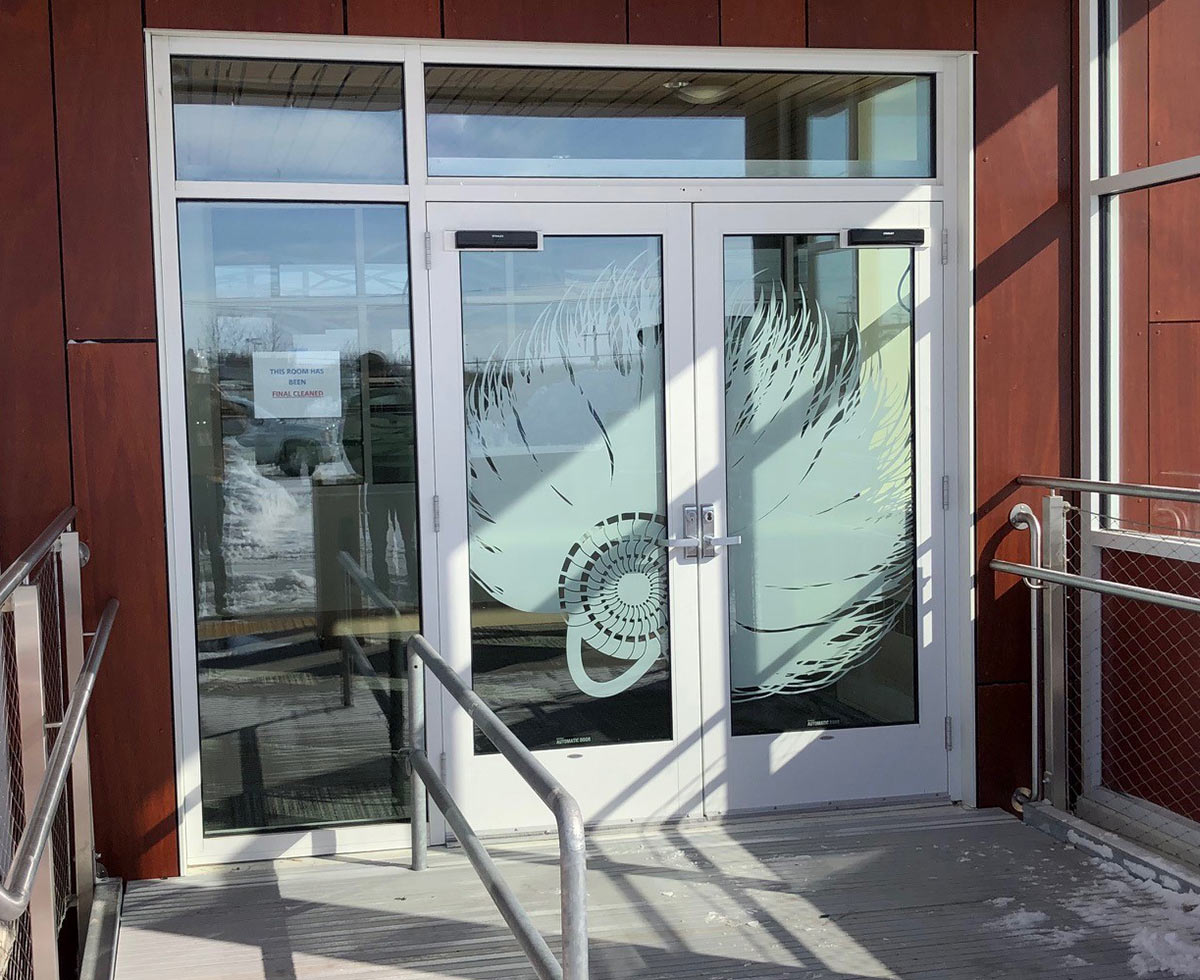
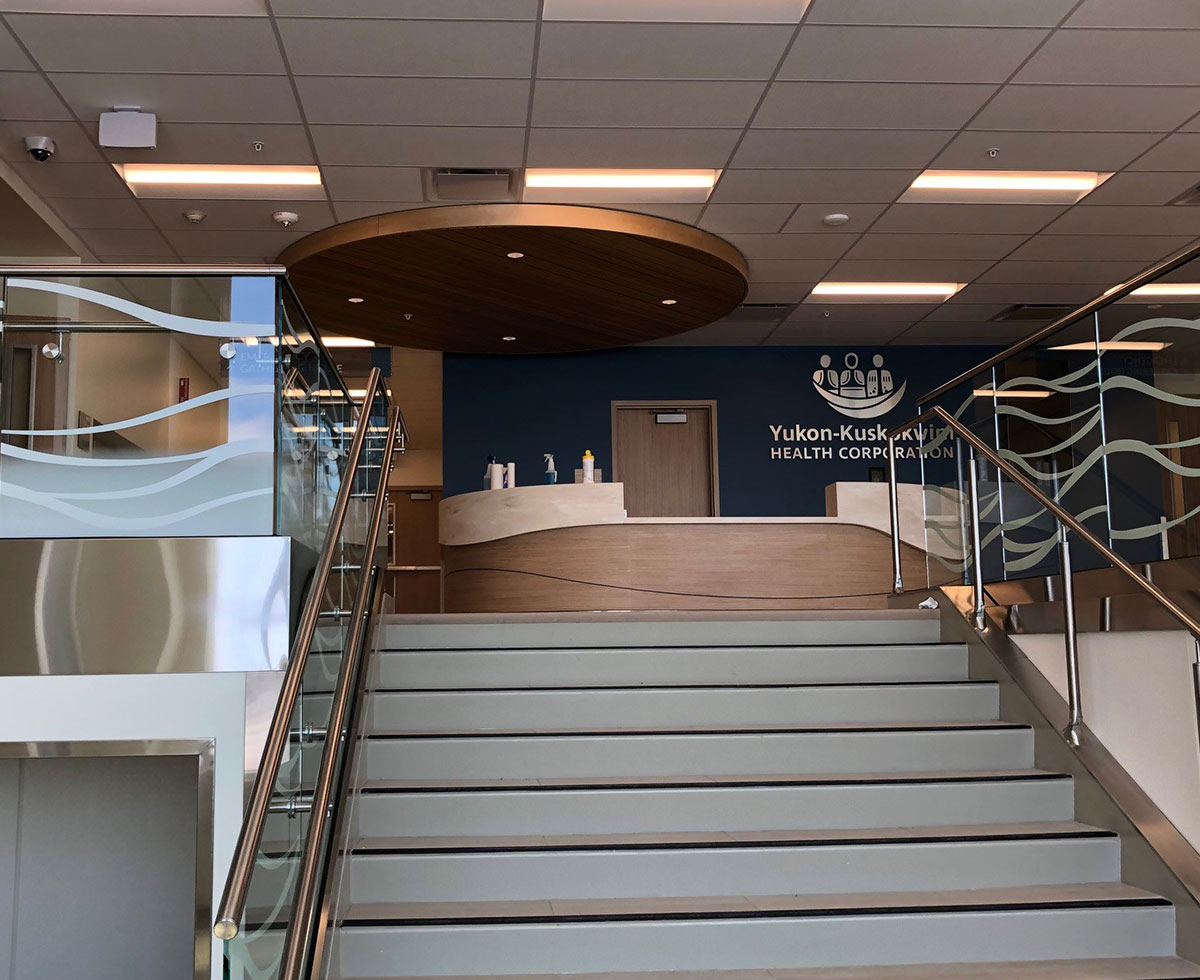
Still, the project’s most significant logistical hurdle, outside of the pandemic, was renovating the existing facility without disrupting operations. Working in phases allowed the construction team to efficiently renovate areas while minimizing the impact to operations and patient care.
“Every wire, pipe, piece of equipment, and square foot of wallboard and finishes were replaced in the 40 plus-year-old building while it was still up and functional as the only major hospital in the area,” says Murrell.
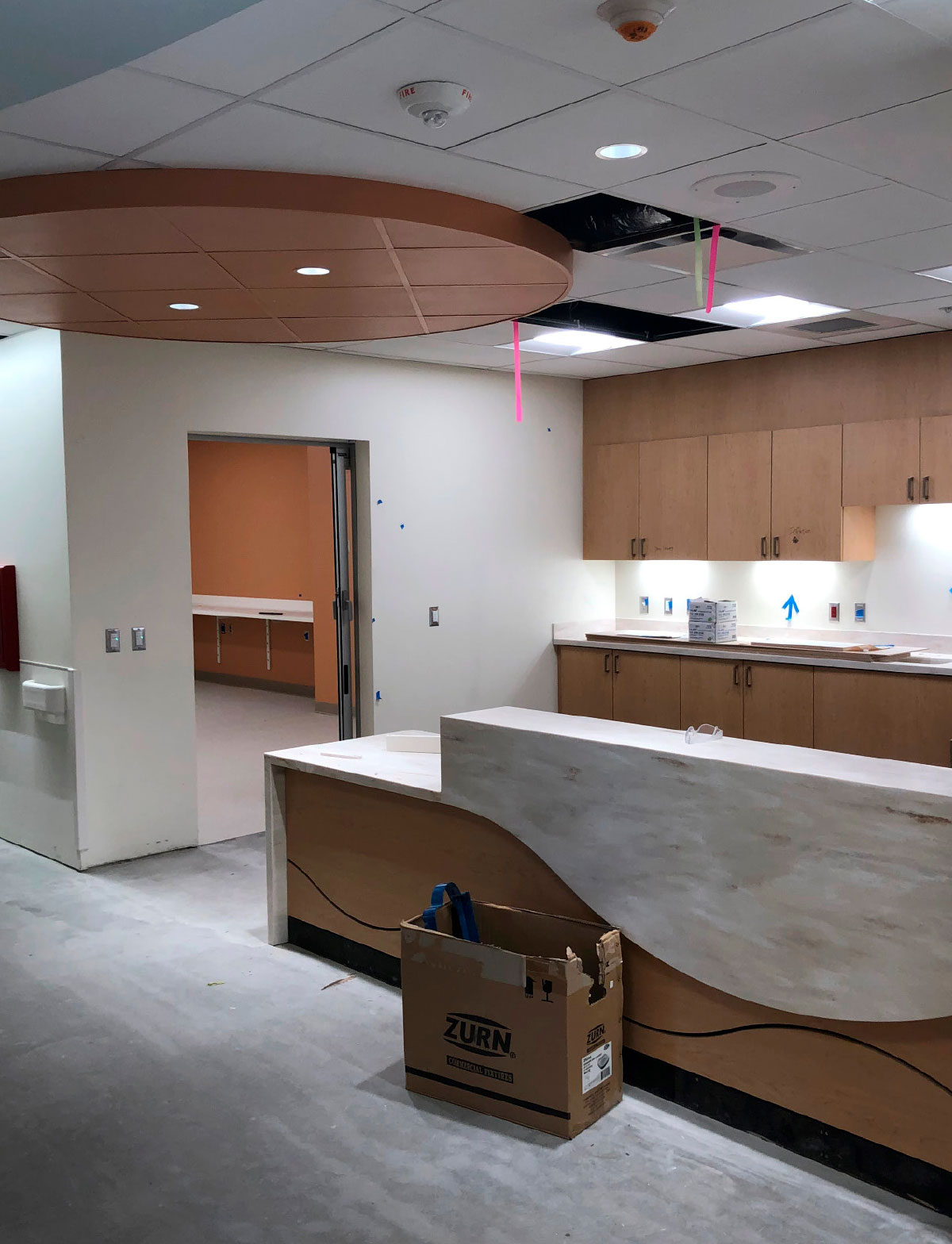

In addition to Bethel’s 6,500 residents, the hospital provides healthcare to another 23,500 residents living in 50 villages across an area the size of Oregon. Winkelman explains that the Yukon-Kuskokwim is seeing more growth than other regions. Although they continue to have a large outmigration, the region has a high birth rate and an even larger population choosing to stay. With nearly half the region’s population comprised of young families, Winkelman says upgrades to the facility and equipment were necessary.
“Not only will it make it easier to get an appointment to see a doctor or a dentist or an optometrist, but it will also allow us to send specialists out to the villages more frequently,” says Winkelman. “That’s the true benefit.”
The care center is currently operating at half capacity in Bethel and throughout 47 village clinics because people have chosen to not yet return even though COVID-19 cases have declined dramatically. Winkelman encourages people to schedule annual physicals and preventative screening to foster calricaraq in the community.